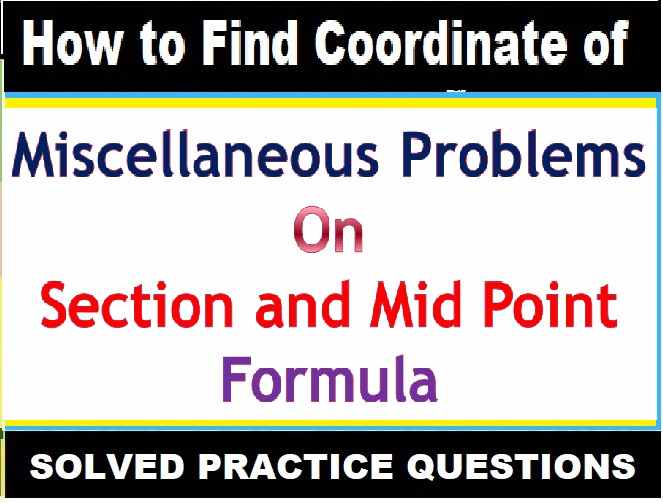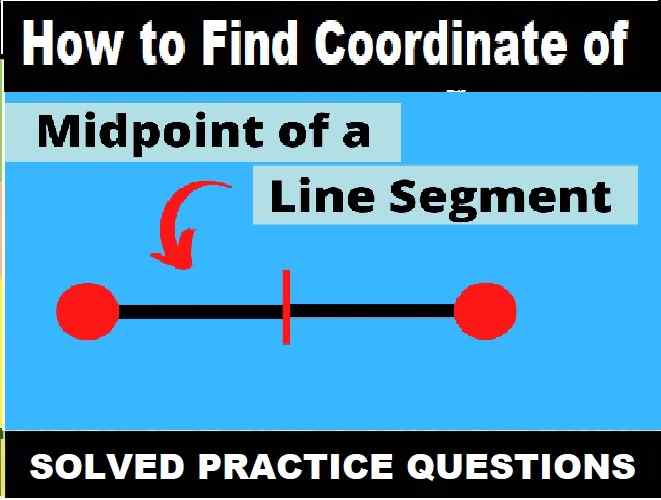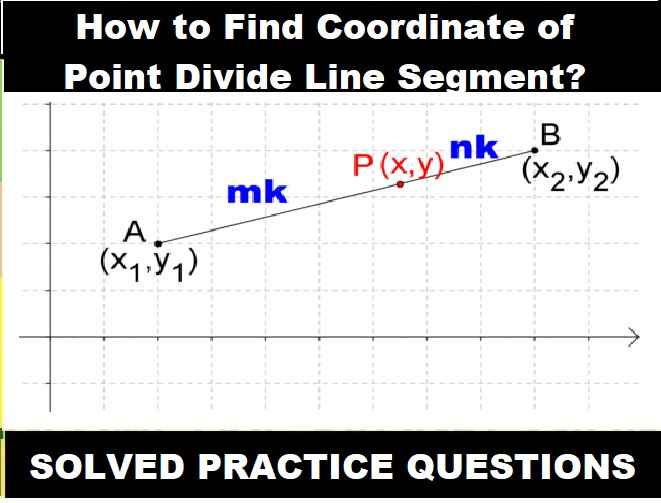Light And General Terms ICSE Class-6 Goyal Brothers Physics Solutions Chapter-5 Unit-1. We Provide Step by Step Answers of Objective, True False , Fill in the blanks, Match the following , Study Questions of Chapter-5, Light, Unit-1 (Light And General Terms Used In Understanding Light). Visit official Website CISCE for detail information about ICSE Board Class-6.
Light And General Terms Used In Understanding Light ICSE Class-6 Goyal Brothers Physics Solutions Chapter-5 Unit-1
| Board | ICSE |
| Class | 6th |
| Subject | Physics |
| Book Name | Goyal Brothers |
| Chapter-5 | Light |
| Unit-1 | Light And General Terms Used In Understanding Light |
| Topic | Solution of exercise questions |
| Session | 2023-24 |
OBJECTIVE QUESTIONS
Light And General Terms Used In Understanding Light ICSE Class-6 Goyal Brothers Physics Solutions Chapter-5 Unit-1
Que: A. Fill in the blank spaces by choosing the correct words from the list given below :
List: medium, pinhead, non-luminous, light, heating.
1. An invisible energy which causes in us sensation of sight is called light energy.
2. A non-luminous body can be made luminous by heating it.
3. The moon and the planets are non-luminous bodies.
4. Anything which allows the light energy to pass through it called a medium.
5. A source of light which is of the size of pinhead is called a point source of light.
Que: B. Statements given below are incorrect. Write the correct statements:
Question: 1. Moon is a luminous body.
Answer: Moon is a non-luminous body.
Question: 2. Dust filled air is an opaque body.
Answer: Dust filled air is an translucent body.
Question: 3. Stars are non-luminous bodies.
Answer: Stars are luminous bodies.
Question: 4. A collection of rays coming from different directions meet at a point. Such a collection is called divergent beam.
Answer: A collection of rays coming from different directions meet at a point. Such a collection is called convergent beam.
Question: 5. We can see the light with our own eyes.
Answer: We can see the light with sensation of vision.
Que: C. State whether the following statements are true or false:
Answer:
| Statements | True/False |
| 1. Shooting stars are luminous bodies. | T |
| 2. Light itself is invisible, but causes the sensation of vision. | T |
| 3. Sunlight entering in a room through a door is an example of divergent beam. | F |
| 4. Deep sea water is a transparent medium. | F |
| 5. Vacuum is an opaque medium. | F |
Que: D. Tick (√) the most appropriate answer:
1. Which is not a luminous body?
(a) Sun
(b) Stars
(c) Earth
(d) Glowworm
Answer: option (c) Earth is correct.
2. Which is a luminous body?
(a) Moon
(b) Planets
(c) Burning candle
(d) Mountains
Answer: option (c) Burning candle is correct.
3. Which is an opaque body?
(a) Muddy water
(b) Clear glass
(c) Diamond
(d) Stone
Answer: option (d) Stone is correct.
4. Which is not a translucent body?
(a) Butter paper
(b) Ground glass
(c) Water
(d) Dust filled air
Answer: option (c) Water is correct.
5. Which is not a transparent medium?
(a) Diamond
(b) Oiled paper
(c) Glass
(d) Alcohol
Answer: option (b) Oiled paper is correct.
Que: E. Match the statements in Column A, with those in Column B:
Column A |
Column B |
| 1. A body having no light energy of its own. | (a) Divergent beam of light |
| 2. A straight line path along which light energy travels. | (b) Glow worm |
| 3. A collection of rays originating from a point and travelling in different directions. | (c) Medium |
| 4. Anything (material or non-material) through which light can pass. | (d) Ray of light |
| 5. An insect which emits light in the dark. | (e) Non-luminous body |
Answer:
Column A |
Column B |
| 1. A body having no light energy of its own. | (a) Non-luminous body |
| 2. A straight line path along which light energy travels. | (b) Ray of light |
| 3. A collection of rays originating from a point and travelling in different directions. | (c) Divergent beam of light |
| 4. Anything (material or non-material) through which light can pass. | (d) Medium |
| 5. An insect which emits light in the dark. | (e) Glow worm |
STUDY QUESTIONS
Light And General Terms Used In Understanding Light ICSE Class-6 Goyal Brothers Physics Solutions Chapter-5 Unit-1
Question: 1. Define light energy and then explain it clearly.
Answer: Define light energy and then explain it clearly:
- Light is an invisible energy, which causes us the sense of vision.
- If you enter a dark room, the objects present in the room are not visible.
- However, if you switch on a bulb everything in the room becomes visible.
- It is because of light.
Question: 2. By giving three examples, define luminous bodies.
Answer: Three examples are stars, glowing bulbs and burning candles.
Question: 3. By giving three examples, define non-luminous bodies.
Answer: Non Luminous Bodies do not emit light energy of their own but reflect the light energy falling on them. For example, metals, stones, trees, bushes, furniture, houses etc.
Question: 4. Why are moon and planets considered as non-luminous bodies?
Answer: Non Luminous Bodies do not emit light energy of their own but reflect the light energy falling on them. For example, metals, stones, trees, bushes, furniture, houses etc. Moon and planets do not produce light of their own, they just reflect the light of sun. So they are called non-luminous bodies.
Question: 5. What do you understand by the term optical medium? What are its kinds? Give two examples of each kind.
Answer: Anything which allows light energy to pass through it is called an optical medium. Glass, diamond, and vacuum are some examples of mediums through which light can travel.
Kinds of optical medium:
- Homogenous Medium: An optical medium which has a uniform composition throughout, is called a homogenous medium. For example, glass diamond, distilled water, a sheet of clear plastic, vacuum, pure alcohol.
- Heterogeneous Medium: An optical medium which has different compositions at different points, is called a heterogeneous medium. For example, air, muddy water, fog, mist, clouds, smoke, etc.
Question: 6. What are opaque bodies? Why are opaque bodies not called opaque medium? Give four examples of the opaque bodies.
Answer: Those bodies which do not allow the light energy to pass through them, are called opaque bodies. Opaque bodies are not called an opaque medium because they do not allow light energy to pass through. Four examples of opaque bodies are bricks, stones, wood and metals.
Question: 7. Classify the following as (a) transparent medium, (b) translucent medium, (c) opaque bodies. (i) an iron box (ii) a window pane (iii) a ground glass window (iv) wool (v) vacuum (vi) an iron nail (vii) muddy water (viii) butter paper (ix) diamond (x) marble
Answer: (a) Transparent Medium allows most of the light energy to pass through it. For example glass, air, vacuum, diamond.
(b) Translucent Medium partially allows the light energy to pass through it. For example, ground glass, muddy water, smoke, dust-filled air, butter paper.
(c) Opaque Bodies do not allow light energy to pass through them. For example, bricks, stones, wood and articles made from it, wool .
Question: 8. By drawing neat diagrams define the following:
(a) A ray of light
Answer: The light traveling in any one direction in a straight line is called a ray of light.
(b) A parallel beam of light
Answer: When Rays from a distant point source travel parallel to each other in a particular direction, it forms a parallel Light Beam.
(c) A convergent beam of light
Answer: When a large number of rays if a beam focuses at one point it is called a convergent beam of light.
(d) A divergent beam of light.
Answer: When a large number of rays if a beam is emerging from a point source of light, then the beam is called a divergent beam.
Question: 9. What kin of beam of light is formed by:
(a) Search light or spot light
Answer: Searchlight= extremely bright spot, illuminates even further away, and probably, due to the power, gives some wide area coverage too.
Spot light= narrow beam, gives a longer throw, illuminates objects further away.
(b) A flash light of a torch.
Answer: Its a “Diverging-beam”, meaning, the rays originated from a point and spreads in all directions. Divergent beam is produced by a torch. Divergent beam of light.It is because of diffraction of light. A torch produces divergent beams of light which enters into the shaded portion.
— : End of Light And General Terms Used In Understanding Light ICSE Class-6 Goyal Brothers Physics Solutions Chapter-5 Unit-1:–-
Return to- ICSE Class -6 Goyal Brothers Physics Solutions
Thanks
Please share with your friends if you find it useful


